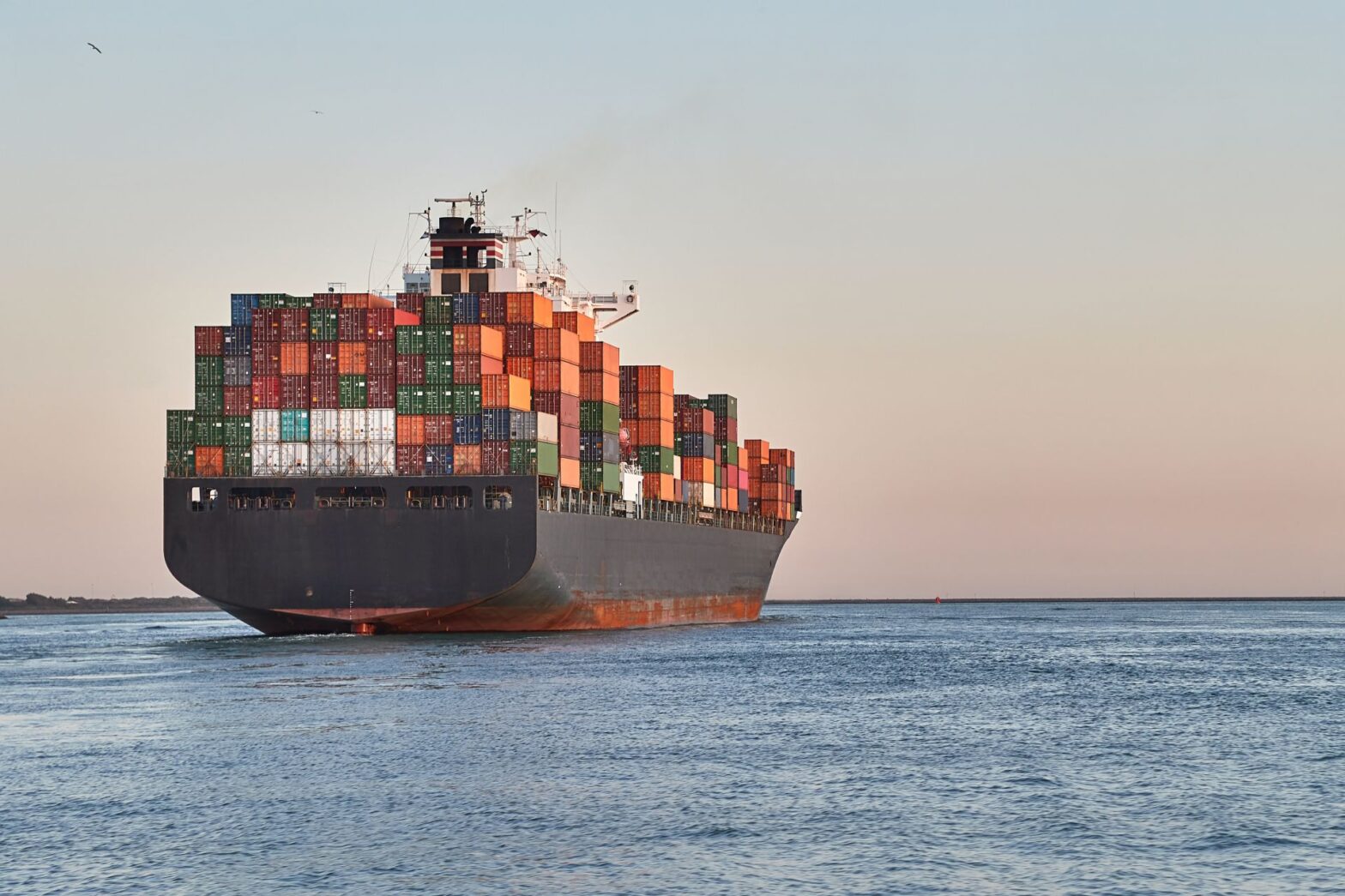New study confirms ocean noise reduction from shipping when reducing vessel speed
Here you find a summary of the core conclusions of the new study «Large-Scale Simulation of a Shipping Speed Limitation Measure in the Western Mediterranean Sea: Effects on Underwater Noise» by a group of French researchers (see full citation at the end of the article).
To investigate the effects of speed limitation on shipping noise levels, this paper compares modeled shipping noise in a reference case (real traffic and real speed) with a hypothetical case of speed limitation simulated within a selected zone in the Western Mediterranean (off Spain, France, Monaco, and Italy). Scenarios included maximum speed limits of 10 and 15 knots.
Limiting shipping speed is known to generally reduce underwater shipping noise, and this study confirms this effect. Deep waters increase the effectiveness of this noise mitigation measure. The results show that except for the Gulf of Lyon, which is a very shallow-water area, the entire speed reduction zone of 10 knots showed at least a medium effectiveness, i.e. at least 50% of the time, the speed reduction measure resulted in a decrease in shipping noise. Deeper water, over 2000 m, showed high noise reduction effectiveness. Even outside the speed reduction zone, in deeper water over 1000 m, there was medium to high effectiveness for reducing noise because noise can propagate large distances over deep water.
Over deeper water, unstable effects were observed in dense shipping lanes, where traffic is not evenly distributed over the sea, but restricted along one dimension. However, in the Ligurian Sea, where many lanes cross and cover the area and ships are densely, but evenly distributed, the effect of speed reduction is quite stable. In areas where there is no dense traffic, the stability of the noise reduction measure is high, but the effectiveness over deep water is only medium to high.
The stability of this noise reduction measure is difficult to achieve in shallow-water environments. The effectiveness of the measure over shallow water is low to medium in dense traffic, either along a shipping lane or homogenously distributed traffic, but of low effectiveness in areas without dense traffic. As speed limitation measures seem effective in deep-water environments and but are unstable over shallow water, noise mitigation could include areas to be avoided for shipping traffic in these shallow environments.
«This study shows that limiting shipping speed can indeed be an effective noise mitigation measure, especially over deep water, and that these benefits extend to areas even beyond the speed reduction zone. This effect of noise reduction with slower ship speeds was most stable in deep areas where ships are densely, but evenly distributed vs. restricted to single shipping lanes. In shallow water, shipping traffic should be re-routed to avoid exposing sensitive areas to noise,» says Dr. Lindy Weilgart, marine biologist at Dalhousie University and consultant at OceanCare.
Learn more about the positive effects of slowing down vessel speed and why it is also a positive measure for reducing the risk of ships to collide with large whales https://www.oceancare.org/en/stories_and_news/collisions-ship-strikes/
Citation of the study: Lajaunie, M., Ollivier, B., Ceyrac, L., Dellong, D., and Le Courtois, F. 2023. Large-Scale Simulation of a Shipping Speed Limitation Measure in the Western Mediterranean Sea: Effects on Underwater Noise. J. Mar. Sci. Eng. 11: 251. https://doi.org/10.3390/jmse11020251
